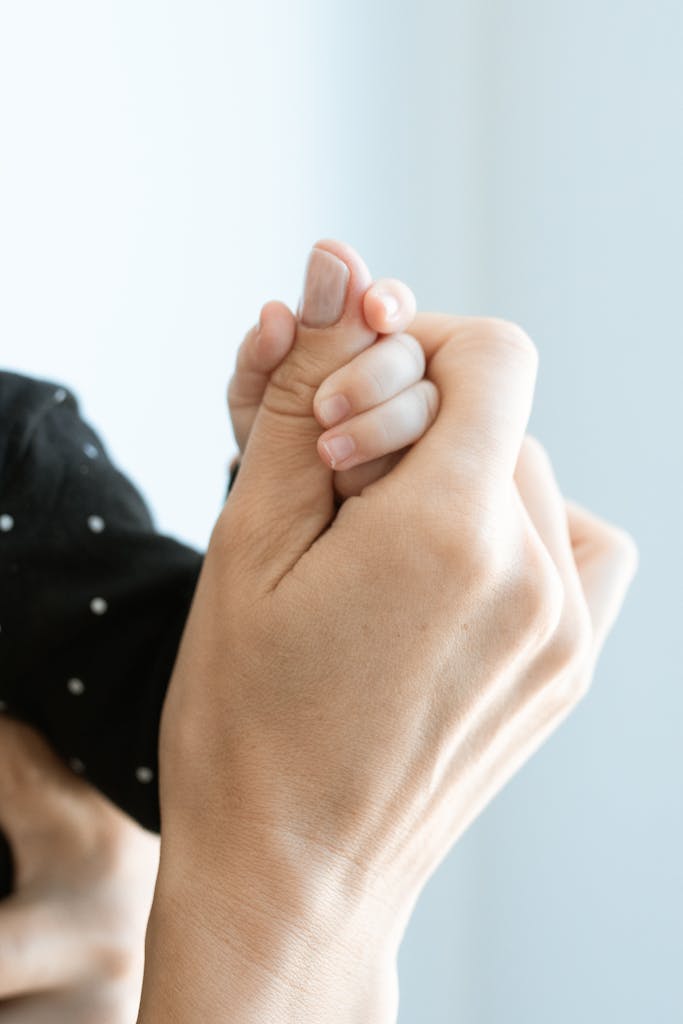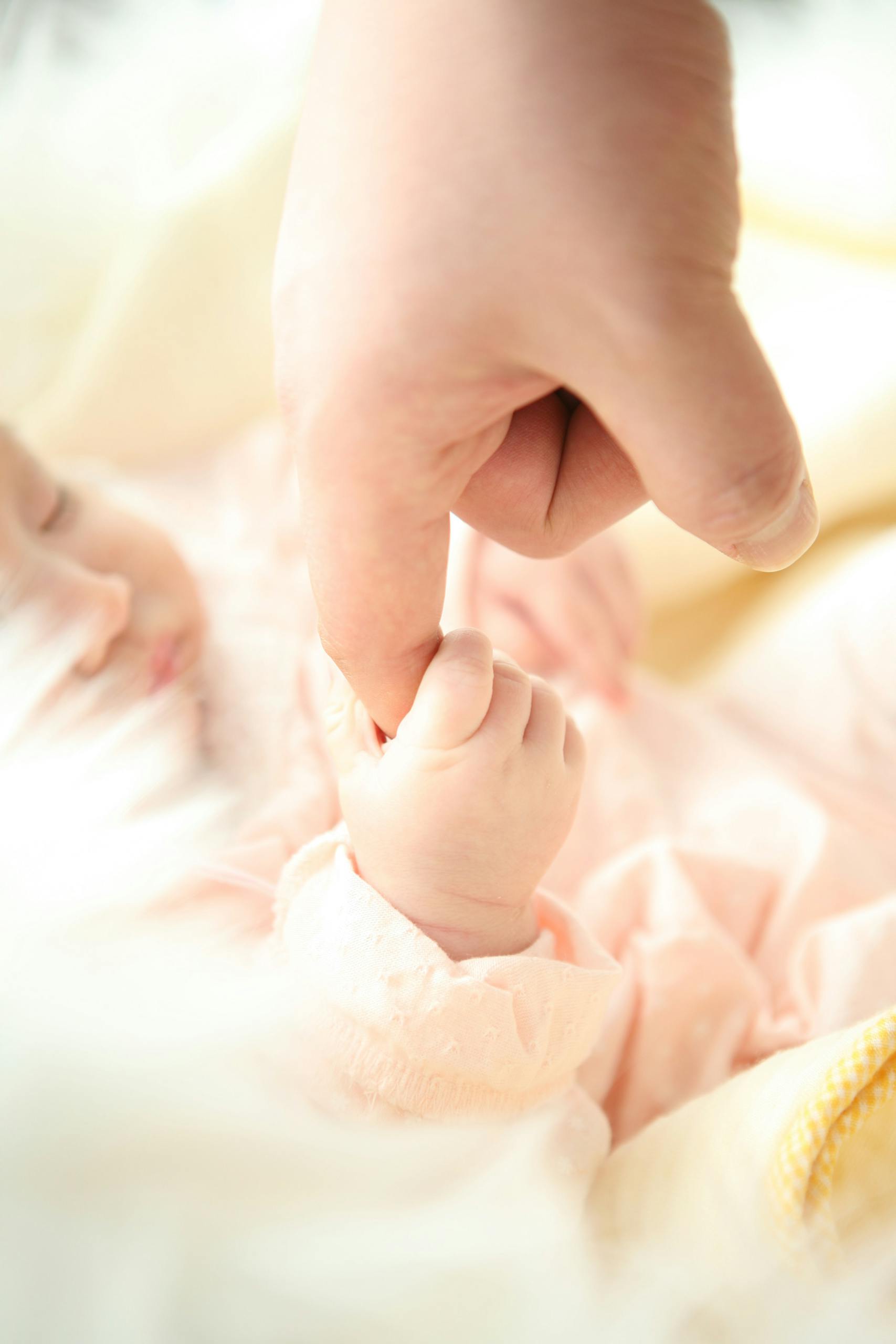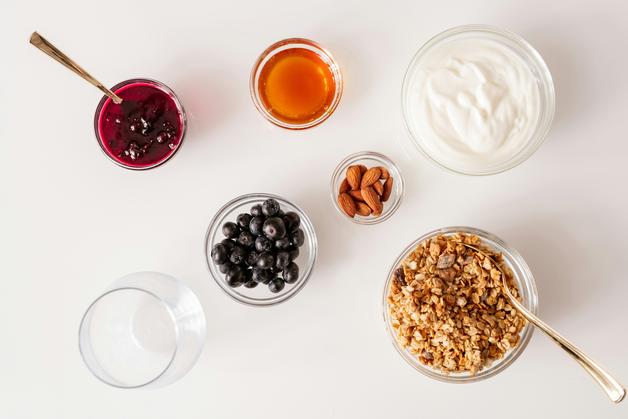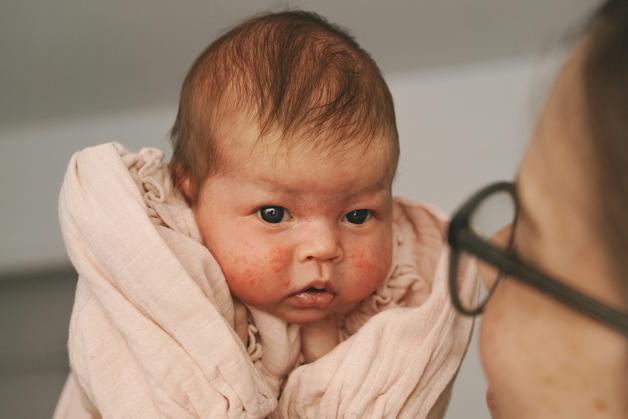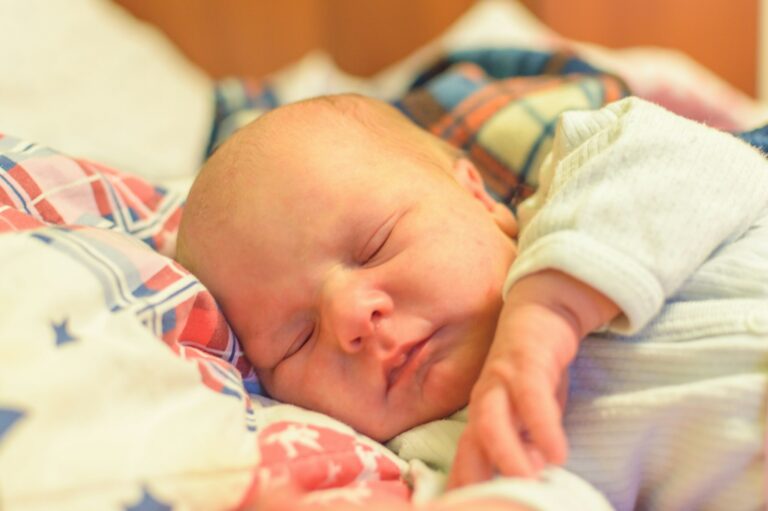From the very first unsteady attempt to grasp your finger, to the triumphant moment a child ties their own shoelaces—fine motor skills weave themselves through each step of growing up. Parents often face a flurry of questions: Is my child’s grip developing well? Should I be concerned about their reluctance to hold a crayon? Does struggling with buttons or zippers mean there’s a deeper issue? The world of small movements—those intricate gestures of the hands and fingers—can feel daunting when so much of independence, learning, and daily comfort rides on them. Unraveling the mysteries and milestones of fine motor skills, it becomes possible to replace anxiety with actionable strategies, grounded reassurance, and expert-backed solutions. Expect clarity about essential stages, red flags, adaptive supports, and the everyday ways families can empower children (and themselves) to thrive, whatever the pace or path.
What are fine motor skills?
Fine motor skills—sometimes called manual dexterity—describe the careful interplay of muscles, joints, nerves, and the brain to produce precise movements, especially with the hands and fingers. This isn’t just about “neatness” or talent; it’s the deep neurological choreography required to fasten a button or wield a pencil. Did you know that the pincer grasp—where the thumb and index finger unite to pick up tiny objects—represents a seismic leap in brain maturation? For babies, this move unlocks a whole world; suddenly, a raisin or bead becomes both snack and science experiment. These earliest movements tell a story of neural connections firing, muscles waking, senses collaborating.
The trajectory doesn’t stop at toddlerhood. Memory, problem-solving, and adaptive behavior all receive a boost when children use their hands for purposeful play and learning. Fine motor development is powered by activities as diverse as building with blocks, threading beads, self-feeding, and tracing lines. Whether writing a note, using utensils, or manipulating tiny Lego pieces, precision and coordination shape each experience.
Fine versus gross motor skills: why the distinction matters
Ever tried stacking blocks on a wobbly surface? Stability comes first—much like gross motor skills provide a foundation for fine motor skills. Gross motor abilities include big, sweeping movements: crawling, walking, running, jumping. They’re powered by larger muscle groups—legs, arms, back. Fine motor skills, in contrast (and often overlooked in daily routines), demand hand-eye coordination and muscle control at a micro level.
Children often develop gross motor control first—think sitting or standing before picking up dropped crumbs. This progression reflects how the body manages balance before layering on dexterity. If core or shoulder weakness is present, fine actions like zipping a jacket or drawing may also lag. Understanding both families of skills can reveal the whole developmental picture.
How fine motor skills shape daily life and learning
Why do pediatricians and therapists emphasize fine motor skills? These abilities reach far beyond arts and crafts. If a child can feed themselves using a spoon, independently brush teeth, or open a book, self-esteem and self-reliance bloom. At school, fine motor strength directly impacts writing, cutting, manipulating math counters, or using a mouse or touchpad. Even seemingly minor skills—rotating a doorknob, peeling stickers—feed into autonomy.
Research points out compelling connections between fine motor proficiency and cognitive development. Reading and math readiness, attention span, and problem-solving all flourish when children engage in activities that pair fingertips and focus. Social engagement, too, finds a boost; children who can participate naturally in play—building, drawing, sharing tools—often enjoy smoother peer relationships.
Stages and milestones in fine motor development
Infancy (0–12 months): reflexes and the first grasp
Within weeks of birth, most infants demonstrate the grasp reflex—the automatic clutch when something touches the palm. This fades by 2–3 months, letting voluntary movements emerge. The transition to open hands, shaking toys, and exploring the center line signals growing bilateral coordination—coordinating both sides of the body. By six months, the palmar grasp takes over; babies scoop objects into their palm (large blocks, rattles) and may even bash toys together for fun and feedback.
A transformative moment arrives between nine and twelve months: the pincer grasp. Suddenly, small objects can be pinched between thumb and fingertip—a movement at once simple and deeply complex in its neural underpinnings. This leap underlines the importance of ongoing, repeated practice with small safe objects and foods.
Toddler and preschool years (1–5 years): mastering manipulation, drawing, feeding
Toddlers refine their hand preferences, poke, stack, and become fascinated with lids, doors, and anything that opens. Scribbling, page-turning, and self-feeding bloom by age two. During the preschool window, skills intricate enough for snipping with child-safe scissors, stringing beads, or drawing circles emerge. The tripod grip—resting a pencil on two fingers and the thumb—heralds early writing skills.
Independence grows in bursts; the first successful attempt to button a shirt or assemble a puzzle generates pride (for you and your child). Could resistance or avoidance mean frustration or unrecognized delay? Sometimes—but gradual exploration and playful practice can shift the dynamic.
School-age (6–12 years): handwriting, tools, and complex play
Fine motor skills become more organized; handwriting takes shape and speed, scissors glide with intention, rulers measure straight lines, and craft projects feature layered details. Board games with tiny pieces, knot-tying, and constructing elaborate models all require nimble fingers and proprioceptive awareness (knowing where hands are without looking).
If a child regularly tires, avoids hand-based tasks, or struggles with tool use, it’s reasonable to monitor and support. Sometimes, underlying difficulties may surface more at this stage, prompting benefit from evaluation and early interventions.
Beyond childhood: adolescence, adulthood, and aging
Fine motor refinement doesn’t merely taper off; it evolves. Adolescents and adults encounter tasks like typing, musical instruments, using smart devices, or cooking, demanding sustained dexterity. Hobbies—whether knitting, gaming, or painting—draw on these foundational patterns. With age, physical changes—think arthritis, Parkinson’s, neuropathy—may interfere, but adaptive devices and specific exercises help sustain independence, comfort, and a sense of control.
Why do fine motor skills lag? Medical, genetic, and environmental perspectives
Are some children simply “not wired” for fine motor activities? Science pushes for nuance. Genetics, neurological maturity, health, and adequate nutrition each play a role in supporting or hindering fine motor development. Children with Down syndrome, cerebral palsy, or autism spectrum disorder may face extra obstacles due to differences in muscle tone, coordination, or sensory sensitivities.
On the flip side, a stimulating environment—plenty of play materials, involved caregivers, diverse textures and tools—acts as a powerful catalyst. Economic factors matter; lack of resources can limit practice and slow progress, but creative solutions and community supports often bridge the gap.
Recognizing challenges and when to seek help
What might signal an underlying problem? Keep an eye out for:
- Consistently preferring big, whole-arm movements over finger play.
- Avoiding puzzles, drawing, or using utensils.
- Noticeable frustration or frequent need for help with dressing or feeding.
- Slow or plateauing progress—or even regression—in previously mastered skills.
Medical red flags, like persistent fisting past three months, no object transfer by seven months, or an absent pincer grasp after a year, may merit closer look. Developmental coordination disorder (DCD), sensory processing difficulties, or neuromuscular conditions can impact progress. Early evaluation, often starting with a pediatrician and potentially an occupational therapist, can open pathways to targeted support—whether through exercise routines, adaptive tools, or supportive classroom strategies.
Activities and exercises: playful solutions with scientific roots
Infancy (6–12 months)
- Offer safe, textured toys to activate underused muscles—think soft blocks, ridged rattles.
- Scatter finger foods like tiny cereal puffs; encourage reaching, picking, transferring.
- Model clapping, banging, passing objects from hand to hand—these repetitive actions build bilateral control.
Toddlers (1–3 years)
- Hand them spoons, tongs, or measuring cups for sensory play (dry beans, rice, water beads).
- Introduce playdough for pinching, rolling, squashing exercises.
- Try large-piece puzzles and encourage stacking or nesting cups.
Preschoolers (3–5 years)
- Build with interlocking blocks, thread beads onto shoelaces, string pasta for homemade jewelry.
- Child-safe scissors: cutting across strips, corners, or shapes.
- Offer chubby crayons; coach a gentle, relaxed grip—the basis for smoother pre-writing.
School age and beyond
- Create shopping lists together, inviting children to write, cross out, and rewrite.
- Incorporate kitchen tasks: kneading dough, pouring liquids, peeling eggshells.
- Games and sports—ping pong, marbles, tricks with cards—build agility without feeling like homework.
Teens, adults, and seniors
- Explore digital art, music, crafts: each uses unique neural and muscular pathways.
- Keyboard skills, sewing, gardening, or stretching rubber bands maintain and even refine dexterity.
- Adaptive tools—oversized grips, weighted pens, buttonhooks—make stubborn tasks manageable.
Personalized and adaptive supports
A one-size-fits-all approach? Rarely effective. Occupational therapists conduct functional assessments, measuring grip strength, hand-eye coordination, and sensory processing. Based on results, they might recommend targeted play, task breakdown, sensory-motor integration activities, and nuanced strategies for both home and classroom.
Assistive technology now puts digital tools, adaptive cutlery, pencil grips, and self-fastening clothes within reach. Teachers and families achieve best results with regular communication, shared goals, and celebration of effort—small everyday wins matter, even when mastery takes time.
Fine motor skills at school and home
Classrooms rich in sensorimotor activities offer slant boards, adaptive scissors, textured mats, and breaks for hand stretches. Educators chunk complex activities, encourage self-pacing, and reinforce successes. At home, prioritizing simple routines—setting the table, buttoning up, organizing small toys—prepares children not just to cope, but to flourish. Celebrate each step, adapt expectations, and remember: every child’s rhythm is unique.
Common myths—debunked by science and experience
- “These skills only develop in early childhood.” Actually, repetition and meaningful, motivating tasks reshape neural connections and muscle control well into adulthood and old age.
- “All kids progress at the same rate.” Biology, environment, personality—these variables drive individualized timelines.
- “Struggles stem only from lack of effort.” The picture typically reflects a complex interplay of genetics, neurological wiring, experience, and context.
What does the research show?
Neuroscience now confirms: neuroplasticity—the brain’s capacity to reorganize itself—is not reserved for growing children. Purposeful, focused movement, whether in play or therapy, strengthens synapses and supports ever-improving fine motor skills. For those worried about falling behind, remember—timely support and practice can spark improvement at any stage.
Innovations on the horizon
Virtual reality programs, interactive motion tracking games, and brain-computer interface therapies promise tailored, high-resolution feedback. Digital platforms allow for individualized monitoring and playful home-based rehab. Wearable tech tracks small gains and relapses, allowing therapists and families to pivot strategies quickly. As personalized medicine and rehabilitation advance, tomorrow’s children—and today’s adults—gain new tools to maintain lifelong independence, dexterity, and quality of life.
Key takeaways
- Fine motor skills fuel self-care, learning, and confidence from infancy through adulthood. Every improvement ripples outward—small motions, big moments.
- Delays or variations in milestones are not doom—support, encouragement, and creative adaptations pave the way for progress.
- Parents, educators, and caregivers serve as coaches and cheerleaders, shaping environments where hands can learn, play, and succeed.
- Personalized exercises, adaptive devices, and innovative technology transform daily routines into opportunities.
- New resources, from occupational therapy to digital coaching, open further doors for growth.
- For tailored advice and free health questionnaires for your child, parents can download the Heloa app, ensuring support is just a click away.
Questions Parents Ask
What are some easy activities to improve fine motor skills at home?
You don’t need fancy materials to help your child strengthen fine motor abilities. Everyday moments become learning opportunities: encourage using kitchen tongs to transfer items, let your child play with building blocks, thread large beads, or help knead dough. Drawing, coloring, and sorting small toys all support dexterity. These simple games and tasks are not only effective—they’re also fun and easily adapted to your child’s age and interests. If you ever feel uncertain, keep in mind that small, regular practice fits seamlessly into daily routines and brings steady progress over time.
What toys or tools can support fine motor development?
Many toys support finger and hand strength in a gentle, enjoyable way. Building sets, pegboards, puzzles with knobs, and art supplies like thick crayons or chunky markers are great starting points. Toys that can be squeezed, stretched, or twisted—such as playdough or squishy balls—appeal to little hands and make practicing new movements less intimidating. As children grow, try games involving small pieces, construction kits, or stringing beads. Each of these tools helps to build coordination and confidence while your child plays and learns at their own rhythm.
Can fine motor skills affect my child’s independence?
Absolutely—these skills empower children to do so many everyday things for themselves, from feeding and dressing, to turning pages or painting a picture. Being able to handle small objects fosters pride and self-esteem, sometimes more than we imagine. Remember, every child acquires these abilities at their own speed. If a task proves tricky, patient encouragement and little adaptations make a big difference. Supporting fine motor growth helps children gain a sense of autonomy, which benefits them both at school and at home.
